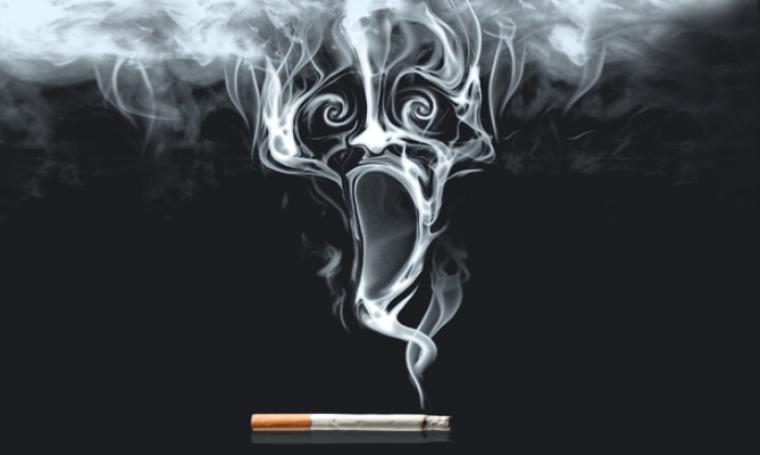Smoking is a significant contributor to illness and death among the world’s population today. Although smoking is proven to have many adverse effects, people still consume cigarettes regularly about one-third of the world’s population who are 15 years or older smoke every day. The situation worsened in early 2011, the emergence of electronic cigarettes and other electronic vaping products consumed by teenagers. E-cigarettes work by heating liquids to produce aerosols, commonly referred to as steam that users inhale.
The use of e-cigarettes can damage teens by exposing them to dangerous constituents in aerosols such as pure nicotine, a chemical that contributes to addiction and endangers the development of adolescent brains. One study found that among adolescents who used e-cigarettes, 29% usually used e-liquid without nicotine, 37% used e-liquid with nicotine, and 34% did not know whether the e-liquid they used contained nicotine.
Nicotine, one of the most common components of abuse through cigarettes and is a significant public health problem. Nicotine is very toxic and is absorbed quickly through the respiratory mucosa, mouth, and skin during smoking. Several passive smokers are also negatively affected when they inhale side smoke from burning cigarettes (passive smokers). Cigarette smoking has been strongly associated with the following diseases, such as heart disease, stroke, hypertension, respiratory disease, infertility, and cancer.
It has been proven that smokers who continue to smoke for years will contain high levels of nicotine in their blood. Nicotine will eventually spread throughout the body, including the reproductive system. Furthermore, the fact that cigarette smoke is known as mutagenic and somatic cell carcinogens, and there are significant concerns that smoking can affect male reproductive health.
Nicotine is widely consumed as a smoker and has shown various effects on infertility in many studies. Many studies show that 60-65% of men experience decreased sperm quality caused by smoking. For example, spermatozoa from smokers have been shown to reduce the ability to fertilize an egg and result in lower implantation rates. The effect of cigarette smoke can reduce the quality (quantity, motility, and morphology) of sperm and cause damage to testicular cells.
The exposure of smoking can inhibit spermatogenesis, which is characterized by a decrease in the number of spermatogonium cells, primary spermatocytes, spermatid cells, and spermatogenic layers and a reduction in the quality of spermatozoa with a reduction of standard percentage, speed of motility and viability of spermatozoa.
This study aims to assess the level of testicular damage by observing changes in diameter and thickness of the seminiferous tubule epithelium in mice given nicotine by inhalation with nicotine doses of 0.5 mg/kg, 1.0 mg/kg, 2.0 mg/kg and 4 0 mg/kg. All groups were given nicotine treatment per inhalation using a nebulizer (Omron Nebulizer NE C28) for twenty days. Mice testicles were taken to make histopathological preparations. The testes were processed using paraffin blocks and stained using HE staining and examined for histopathological changes.
The results showed that nicotine had effects on various levels of structural damage to the seminiferous tubules, with an average decrease in the diameter and thickness of the seminiferous tubular epithelium. The width of the seminiferous tubule epithelium in the four experimental groups was reduced compared to the control group. This study proves that nicotine reduces the spermatogenesis of male reproductive system by reducing the diameter and thickness of the seminiferous tubule epithelium in the testis. It also shows that the level of testicular damage is directly proportional to the dose of nicotine given to male rats.
Author: Epy Muhammad Luqman
Detail information from this research::
https://vetmedmosul.com/pdf_164358_00fb4a403a2cc95b2e06fca2891348c5.html





